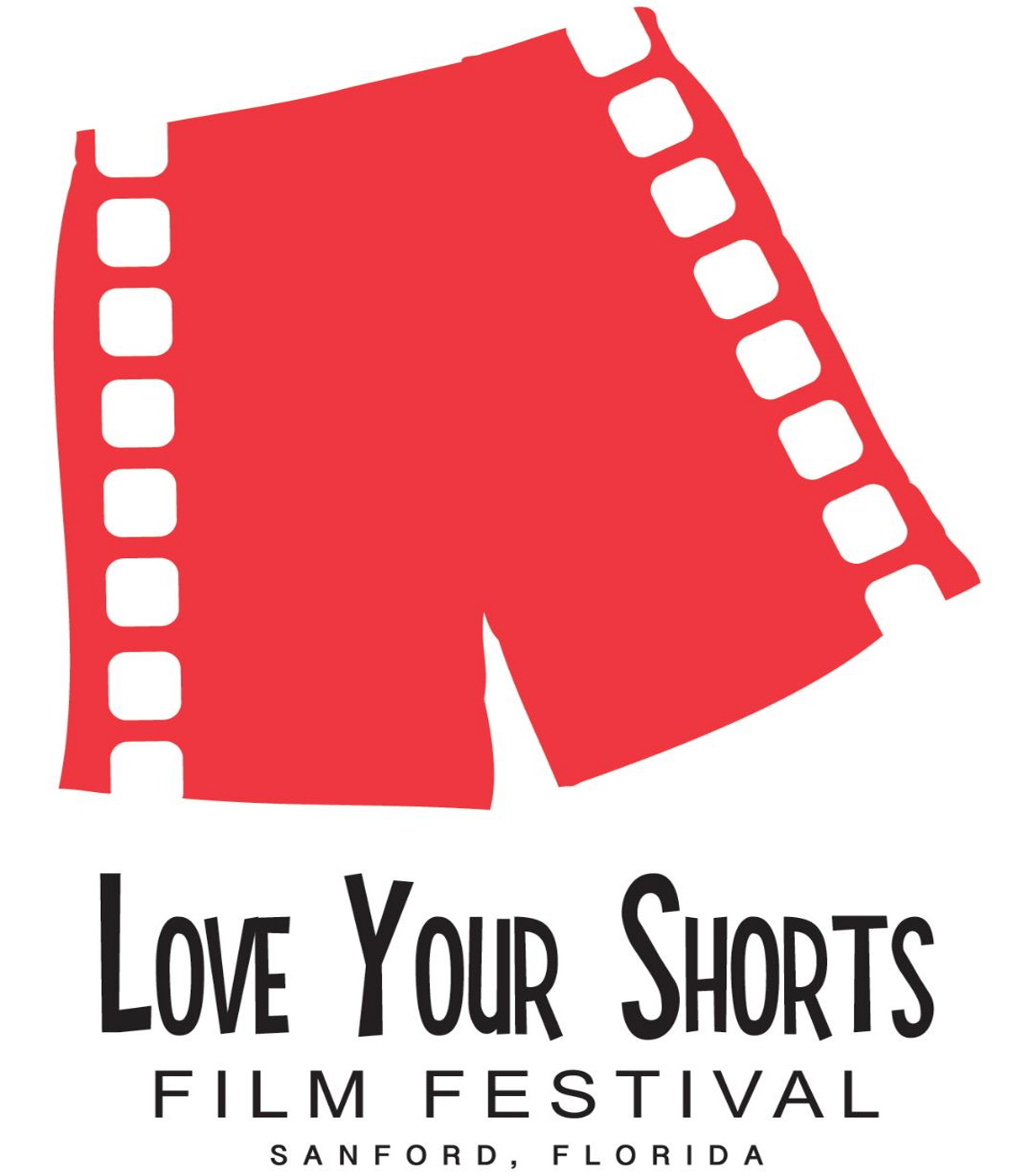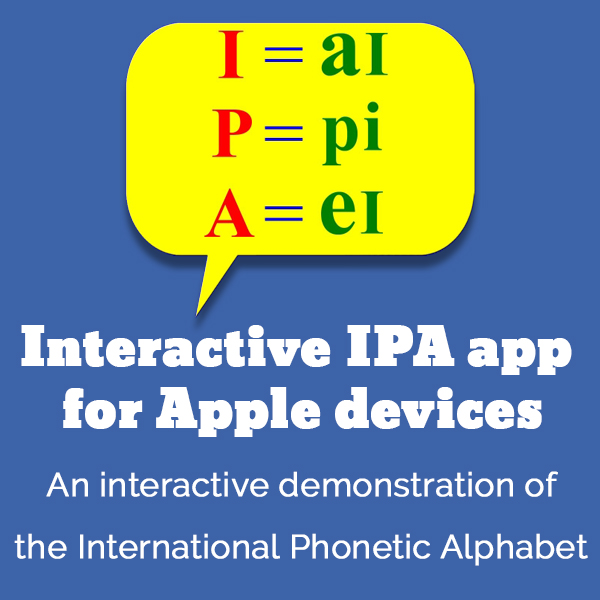New Zealand 10
Listen to New Zealand 10, a 19-year-old man from South Brighton, Christchurch, New Zealand. Click or tap the triangle-shaped play button to hear the subject.
Both as a courtesy and to comply with copyright law, please remember to credit IDEA for direct or indirect use of samples. IDEA is a free resource; please consider supporting us.
BIOGRAPHICAL INFORMATION
AGE: 19
DATE OF BIRTH (DD/MM/YYYY): 1988
PLACE OF BIRTH: Christchurch, New Zealand
GENDER: male
ETHNICITY: Maori
OCCUPATION: student
EDUCATION: college
AREA(S) OF RESIDENCE OUTSIDE REPRESENTATIVE REGION FOR LONGER THAN SIX MONTHS: N/A
OTHER INFLUENCES ON SPEECH: N/A
The text used in our recordings of scripted speech can be found by clicking here.
RECORDED BY: David Nevell
DATE OF RECORDING (DD/MM/YYYY): 2007
PHONETIC TRANSCRIPTION OF SCRIPTED SPEECH: N/A
TRANSCRIBED BY: N/A
DATE OF TRANSCRIPTION (DD/MM/YYYY): N/A
ORTHOGRAPHIC TRANSCRIPTION OF UNSCRIPTED SPEECH:
Um, I’m from a place in Christchurch called South Brighton, which is a nice beachy side of town. So, you’ve got about, like, with my house, and then you walk around its two minutes to the beach. Over a sand hill. So, it’s a cool place. Get a lot of surfing done. A lot of swimming. Um, you have to take the bus into town, which is a bit tiresome, but once you get to town it’s fun. Where I grew up, in Christchurch, it wasn’t, like, um the South Island’s quite known for not having much of a Maori-based population, as opposed to the North Island. But where my tribe’s from, my iwi, um, it’s very, um, it’s very, like, Maori orientated, like, I stay with my grandparents, and my cousins are down the road and stuff, so, it’s all close knit. [Subject speaks in Maori.] Um, I have two tribes. Uh, my first tribe is called Napawhi, which is located right at the top of the North Island. And my other tribe is Natirangi, which is just like if you come down the North Island, and it’s just a little inlet there. At a place called Whakatani. I first discovered Shakespeare in third form, when I got asked to do, you know, “Midsummer Night’s Dream.” I got asked, I was third form, I was 13, I got asked to play Theseus. In my head I was, like, “Whoa, big role!” You know? Um, well actually, I’d like, when I first heard the role, I was, oh, you know, I’m like, I just like stuff, you know? But, as it went on, I realized how large the role was, even though I didn’t get many lines. Um, I said to me, I was like, “Whoa!” Because I had never found anything quite like Shakespeare. Like, I had done a few musicals in intermediate school and stuff, easy-do. But Shakespeare was like, um, “What is this? Why? Why’re the words so strange? What makes the words this way?” Um, and then, and then of course next year, we did, um, “Romeo and Juliet,” in which I managed to nab Romeo, which was quite awesome, uh, and I didn’t encounter Shakespeare until 2005, when I really started developing my passion, because, um, here they have the Sheila Wynn Shakespeare Festival, uh, which is, um, and I got into, into that. And it was just, like, 800 people who were all into Shakespeare, and like, it was there that I really discovered a passion for it, and um, the following year, I sort of really studied in all the plays and the language and sort of got deeper and deeper into it. The thing I like most about Shakespeare is … it’s … you, you have some plays these days and, they sort of, they sort of send you in one direction, that are made to send you in one direction. But with Shakespeare its words in a text, so you can do whatever you want with it. You can … um, change one whole speech to be made angry to be made sad… comedic… and it just, it allows so much diversity within like, one place. Say, “The Comedy of Errors” you could do it in so many ways. It just … It can just be reused over and over again. And… you can do it in such a way, which connects with people. Like we did, we did “Hamlet” in Maori, and that to me, we toured it around, and that to me, it allowed us to connect with people who wouldn’t be able to connect with Shakespeare because it was in Maori, so all the uh, the Maori could sort of … could sort of prick up their ears and, “Ooh! What’s going on here?” Yeah. That’s, that’s basically what I’m all about. The language is just beautiful. Like you sit there and do a speech from “Hamlet,” and it’s just like, um, my old tutor, who’s a great inspiration to me; he, um, he said it’s like, it’s like jewels on the mouth. So you speak your speech and it’s like, “To be, or not to be?” Um, “But soft, what light through yonder window breaks?” and it’s just, it’s pure poetry. It’s amazing!
TRANSCRIBED BY: David Nevell
DATE OF TRANSCRIPTION (DD/MM/YYYY): N/A
PHONETIC TRANSCRIPTION OF UNSCRIPTED SPEECH: N/A
TRANSCRIBED BY: N/A
DATE OF TRANSCRIPTION (DD/MM/YYYY): N/A
SCHOLARLY COMMENTARY: N/A
COMMENTARY BY: N/A
DATE OF COMMENTARY (DD/MM/YYYY): N/A
The archive provides:
- Recordings of accent/dialect speakers from the region you select.
- Text of the speakers’ biographical details.
- Scholarly commentary and analysis in some cases.
- In most cases, an orthographic transcription of the speakers’ unscripted speech. In a small number of cases, you will also find a narrow phonetic transcription of the sample (see Phonetic Transcriptions for a complete list). The recordings average four minutes in length and feature both the reading of one of two standard passages, and some unscripted speech. The two passages are Comma Gets a Cure (currently our standard passage) and The Rainbow Passage (used in our earliest recordings).
For instructional materials or coaching in the accents and dialects represented here, please go to Other Dialect Services.
 IDEA: International Dialects of English Archive
IDEA: International Dialects of English Archive



